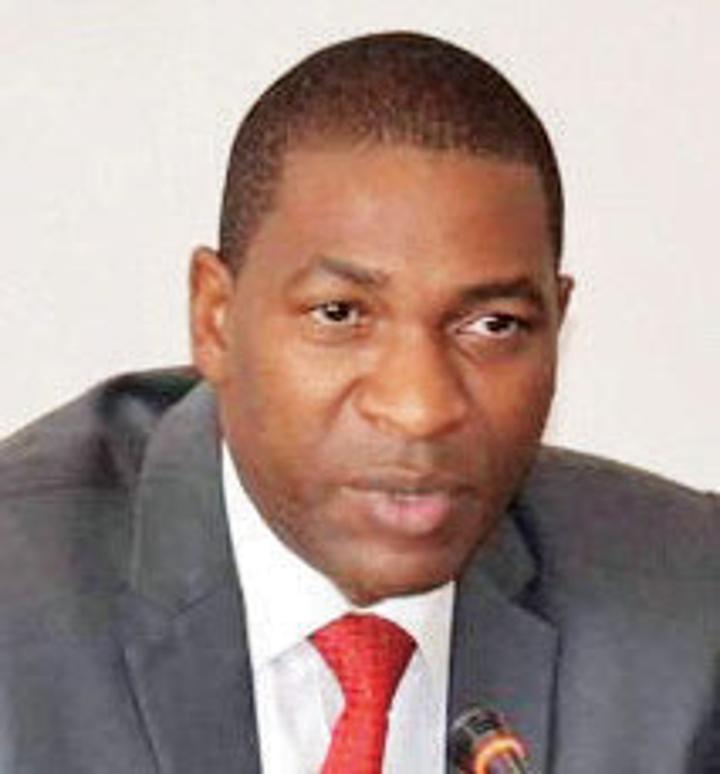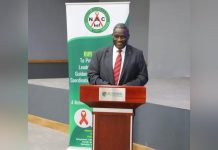Africa-Press – Malawi. For almost nine months, government has not been forthcoming with clear details regarding the implementation of the AIP – until recently, culminating in a ministerial statement on Thursday. We have analysed the details. Government’s narrative doesn’t look right
A Malawi News analysis of the details which government has been giving on the 2022 (AIP) has exposed a raft of inconsistences and inordinate budget lines.
And, on account of the details we have pulled together, President Lazarus Chakwera could be launching a programme that is highly suspect on scales of official honesty.
On Thursday, Minister of Agriculture Sam Kawale delivered a statement in Parliament to clarify some of the many outstanding questions regarding the implementation of the programme. But, as our analysis finds, details in that statement only stir up even more questions.
The budget arithmetic
In his statement, Kawale said despite that the price of fertiliser has risen from what it was at the time government formulated the budget, farmers will pay only K15,000 per bag.
By our calculations, it means that each beneficiary will contribute K30,000 for two bags. Kawale further said 2.5 million farmers will benefit from the programme. This means that farmers alone will contribute a total of K75 billion to the programme.
In the statement, Kawale said government will be subsidising each bag with K50,000, pegging the average price of a bag at K65,000. This means that government will be paying K100,000 for each farmer, which translates to a total fertiliser expenditure of K250 billion for the programme that was budgeted at K109 billion for both fertiliser and seeds.
Donations and budget
With 2.5 million farmers getting two bags each, it means that five million bags of fertiliser have to be made available. Details in Kawale’s statement show that government has received a combined 50,144 metric tons of fertiliser from donors, which translates to 1,002,880 bags of fertiliser.
Given that government needs five million bags of fertiliser, it means it will be responsible for the procurement of 3,997,120 bags of fertiliser since the rest comes from donors.
Government averages the market price per bag at K65,000 where it will meet the K50,000 cost. It means that the budget for fertiliser procurement alone is at K199.9 billion – for a programme that was budgeted at K109 billion where K97 billion was earmarked for fertiliser procurement with the rest for logistics and seeds.
This means that with or without the donations, the budget has overshot. Government has further said it will spend K40 billion in blending 10,000mt of the donated fertiliser. This brings the government’s total budget – minus the donation — for AIP to about K240 billion.
It also claims that it will be responsible for the transportation of the fertiliser from the ports into the country, which is another cost over the estimated K240 billion.
Chakwera against increased budget
Yet, President Chakwera and the Ministry of Finance have had issues with spending beyond the K109 billion that was budgeted for the programme. Last month, Smallholder Farmers Fertiliser Revolving Fund of Malawi (SFFRFM) issued a notification of intention to award contracts for procurement of 185,000mt of AIP fertiliser valued at K188.2 billion.
Chakwera shot down that budget line. In a statement on October 25 2022, Chakwera said the programme needed urgent radical reforms “to improve its efficiency and protect it from careless acts of negligence, corruption, incompetence, and wastage.”
He said there was need to police the AIP expenditure “with discipline to keep it within its K109 billion budget allocation instead of blowing it up further as the Smallholder Farmers Fertilizer Revolving Fund has wrongly tried to do in today’s papers by offering contracts to fertiliser suppliers that would cost nearly twice as much.”
The Ministry of Finance, through spokesperson Taurai Banda, also said it would only be responsible for the K109 billion that was allocated in the budget.
How much fertiliser is available?
In his statement at Parliament, Kawale said government is yet to spend slightly over K50 billion out of the K97.5 billion which was budgeted for fertiliser procurement under the programme.
He did not give a breakdown of how the K47.5 billion has been used. He was also unable to clearly indicate how much fertiliser, the main commodity of the programme, government has procured so far, in addition to the amount donated.
Three weeks ago, the then Principal Secretary for the Ministry of Agriculture Sandram Maweru told a joint parliamentary committee that K25 billion of the AIP fertiliser budget was used to procure 31,500 mt of fertiliser.
Asked how much fertiliser the country has for the AIP so far, Kawale did not give the figure but said the requirement is 250,000mt of both Urea and NPK broken in equal parts for the 2.5 million targeted beneficiaries. But he said government is now procuring fertiliser from local dealers.
“When we started as a taskforce for the programme, we went around the whole country to find out how much fertiliser is in the country, and how much of it was already bought, when we were doing that physical verification, we actually found out that we had a lot of fertiliser already in the country that we just have to buy.
“Fortunately, we got other donations adding to what is available in the country; that’s why I am confident that we have enough fertiliser,” he said.
Transporting donated fertiliser
He further said that government will be using some money from the AIP to bring the donated commodity home just like it spent on ferrying the 10,000mt which Morocco donated to Malawi.
He said government did not get money [from the fertiliser donors] for transportation of the fertiliser from Beira to Malawi and then to the selling points.
“We are using part of AIP budget to fund this transportation and we will also have to do a bit of packaging.
“The good thing is that the cost we envisaged keeps going down because of the donations and cash injections we are getting into the program.
“As we speak we still have K50 billion which we have not spent,” Kawale said.
But his statement is in contrast with what World Food Program Deputy Country Director to Malawi, Simon Denhere, said last week, indicating that the United Nations body would take care of the logistical costs of the 20,000mt of Russia has donated to Malawi.
“WFP stands ready to ship 20,000 metric tons of NPK (Nitrogen Phosphorus Potassium) fertiliser donated by Russian manufacturer Uralchem to Malawi,” Denhere said.
‘Sham figures’
Chairperson of the Agriculture Committee of Parliament Sameer Suleman said when Parliament approved the K109 billion AIP budget in April, government told the house that it envisaged 3.5 million beneficiaries.
“They are not telling the truth,” he said in his response to Kawale’s statement.
“They should come out clearly on what is going to happen to the 500,000 that have been left out.”. Member of Parliament for Mangochi Monkey Bay Ralph Jooma also dismissed Kawale’s figures.
“We have K97.5 billion to buy fertiliser at the price of K65, 000 minus the K15, 000 which farmers will be contributing.
“If you do the calculations, it means we have 1.9 million bags of fertiliser which will benefit 950,000 farming families. Then there is 92,000mt from donors which will cater for about 900,000 beneficiaries.
“So, you will see that there are about 700,000 farming families that will not get anything from the 2.5 million figure which the minister talked about.
“Actually, we may not be lying to say the figures we are getting from government are a sham,” Jooma said. President Chakwera is launching the programme today in Dedza.
For More News And Analysis About Malawi Follow Africa-Press






